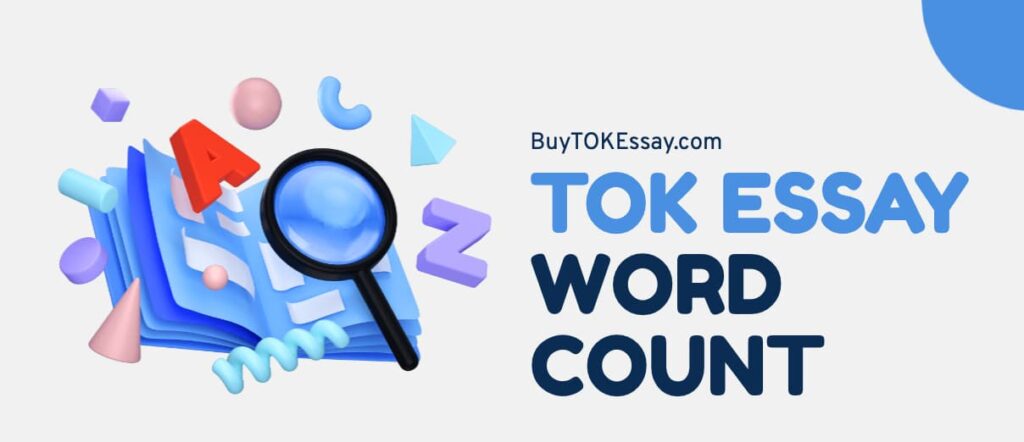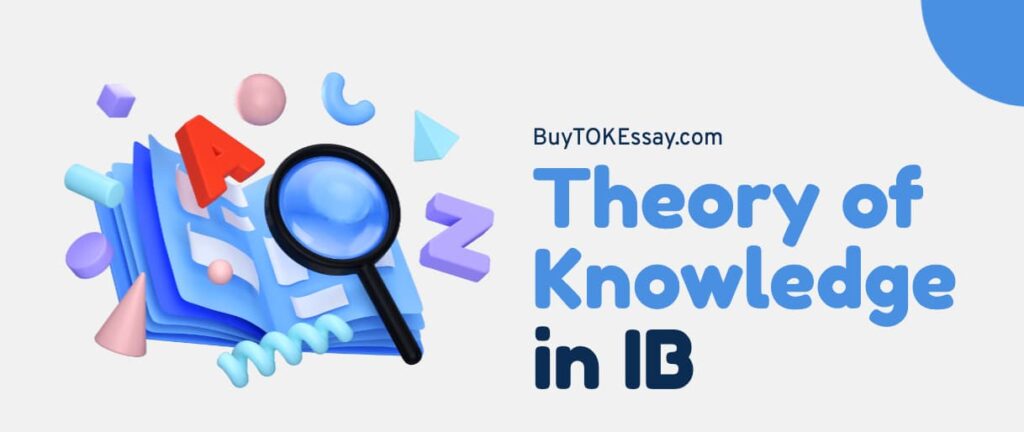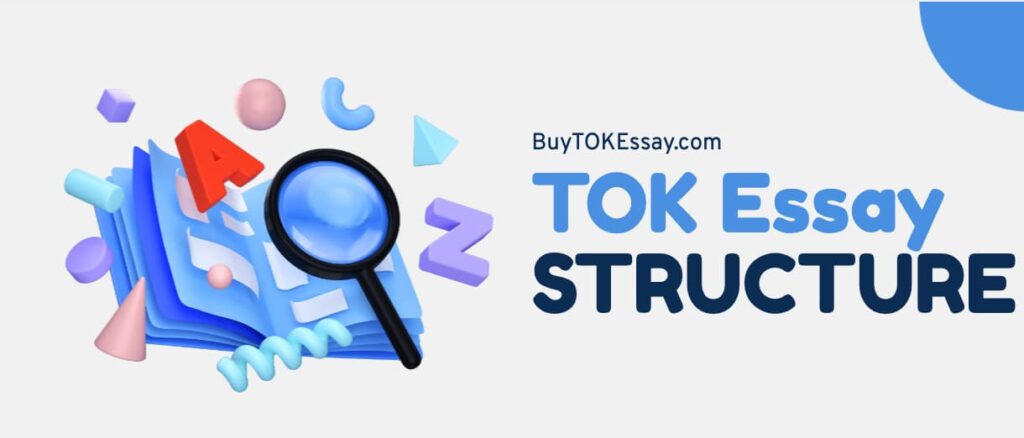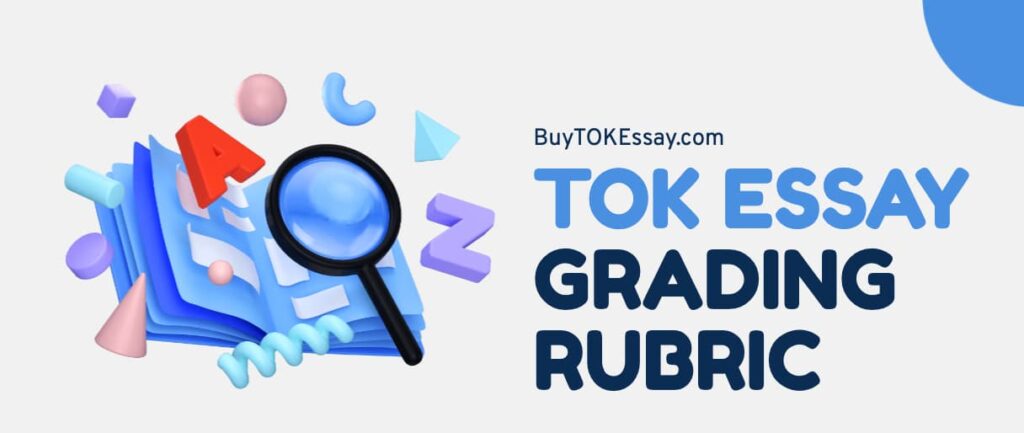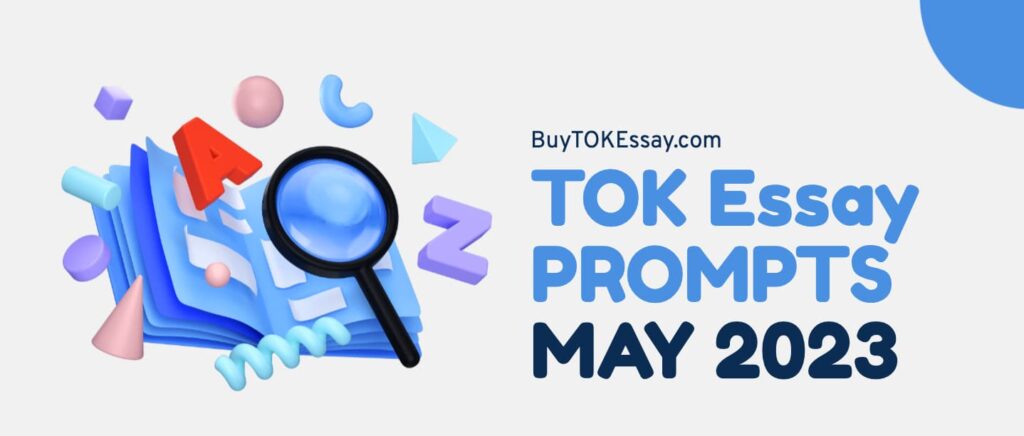The third TOK title for the May 2026 asks, “Is the power of knowledge determined by the way in which the knowledge is conveyed? Discuss with reference to mathematics and one other area of knowledge.”
Oh, this prompt is the one that gets me to rethink every “aha” moment I’ve ever experienced. At first glance, it seems like a philosophical question, but it’s actually one of the coolest titles in the May 2026 TOK essay set.
The big issue here is about power: does knowledge get its strength from what it is or from how it’s shared? Imagine how a math formula and a strong speech both share ideas, but they do it in totally different styles.
Actually, the task you have is to figure out how form and force are related.
How to Work on This Prompt?
As usual, your first aim is to break down the main prompt’s terms. So, be sure you understand what “the power of knowledge” implies. Does power refer to its influence, its reach, or its ability to create change?
After you have defined this, go on to “the way knowledge is conveyed.” In math, that may imply symbols, models, graphs, or proofs. In another area of knowledge, it could mean language, emotion, or art forms.
For the third prompt, your TOK essay structure should look something like this:
- Introduction and definitions – give a short explanation of how you understand the words “power” and “conveyance.”
- The first AOK is mathematics – analyze how the effect of knowledge is affected by its presentation in math.
- The second AOK is your choice – arts, human sciences, or even history work well. You should compare how expression shapes meaning in this second area.
- Counterclaims and evaluation – show that, although communication broadens knowledge, it does not necessarily define it.
- Conclusion – consider if knowledge would still be valuable without efficient communication.
And here’s a handy tip: IB examiners always appreciate students who easily switch between abstract concepts and real-life examples.
When writing your TOK essay on this topic, try not to get bogged down in all the hypothetical situations. Just pay attention to how communication shapes understanding, instead of worrying about whether knowledge stands alone.

What Are the Best AOKs and WOKs for This Title?
The first obvious option is math, and it’s in the title, so you can’t avoid it. But don’t worry, I can tell you that math is your best ally for this title based on my experience in the TOK course.
Communication has the power to create or destroy understanding in this one area of knowledge. While a proof with many symbols seems more like a hidden code, one with plain writing feels like a piece of art. The way information is conveyed influences whether it causes wonder or mild bewilderment, but the knowledge itself remains constant. The balance between accuracy and accessibility is where the “power” is.
For your second AOK, pick something that contrasts math’s logic with a more human touch. The arts or human sciences are both perfect options.
In the arts, it’s almost impossible to separate the message from the medium. You cannot deny: how something is expressed totally shapes its meaning.
Meanwhile, in the human sciences, communication also has a role in forming understanding, but it’s a bit more nuanced and analytical. This prompt focuses on the fact that the way information is presented actually determines how people understand it. That’s what this prompt is all about.
Okay, let’s go to Ways of Knowing, or what I like to call your TOK arsenal:
- Language – that’s the channel through which all this magic (or confusion) happens.
- Reason – this WOK keeps your essay structured, logical, and IB-worthy.
- Emotion – it brings warmth and connection to ideas that are otherwise cold and dull.
- Imagination – a WOK that helps you add creativity, so your case doesn’t sound like it came from a math book.
Just keep in mind, WOKs aren’t like elements you toss on an essay for some extra. Instead, they’re the key part that makes your argument really hit the spot. Use them wisely, and your TOK essay will be set for success.
What Are the Best RLS for This Prompt?
Real-life situations are where your abstract reasoning really comes to life. They show that you can connect theory to reality. Indeed, they should demonstrate how the way information is shared affects its impact, credibility, and influence.
For this prompt, you can use examples from science, art, or communication. I’ll show you some good options.
Presentation is Power in Math
In math, how “powerful” your knowledge is often depends on how clear and easy it is to understand.
Think about the work that Hans Rosling has done with visualizing data. His moving graphs of global health trends turned dry statistics into almost emotional form. It was not new knowledge that the world is getting healthier and richer. But Rosling’s interesting visuals helped millions of people believe and understand it.
The way people think about COVID-19 is another example of math. Epidemiological models are complicated, but when they were turned into understandable charts and curves, they changed how people behaved globally. Without such contact, the same scientific knowledge might have remained in academic papers, only having power in theory.
So, mathematics in real life shows that precision alone isn’t enough.
Emotional Conveyance of Knowledge in the Arts
In the Arts, everything starts with emotion and perception.
Take Picasso’s Guernica, for example. It doesn’t give you a history lesson on the Spanish Civil War, but it makes you feel it. The twisted shapes, the screaming faces, the lack of color—none of it explains what happened, but somehow you understand it anyway. That’s the power. You sense the chaos and the grief without a single word.
Next, Kendrick Lamar’s “Alright.” This protest song became an anthem for the Black Lives Matter movement. The song’s beat, tone, and repetition made its message known all over the world, even though it wasn’t new. In this case, art goes deeper than writing to convey moral and social knowledge.
In these cases, the WOK that dominates is emotion, supported by imagination and sense perception.
Human Sciences and the Framing of Truth
If you prefer a more analytical approach, the human sciences provide excellent real-world illustrations.
Think about how behavioral economics became a big deal. Ideas such as “loss aversion” and “framing bias” were present prior to the debut of Daniel Kahneman and Richard Thaler.
When people heard examples like “we hate losing money more than we enjoy gaining it,” or “why free shipping sounds better than a simple discount,” the ideas suddenly clicked.
See? Storytelling makes that knowledge impactful.
Another strong example comes from psychological research on conformity. A long academic paper about social pressure might not get much attention. But when represented through Solomon Asch’s line experiment, with visuals of people giving obviously wrong answers, the same knowledge becomes unforgettable.

Need Help with Your IB TOK Essay?
Maximize your potential and boost the excellence of your TOK Essay with the help of our experts at BuyTOKEssay.com! Whether you’re starting from scratch or fine-tuning your existing journal assignment to meet your supervisor’s demands, our team is here to make your dream of a perfect paper a reality. Say goodbye to writer’s block and hello to success with just one click.
Bring It All Together
Presentation impacts perception in all of these real-life situations:
- First, mathematics demonstrates that clarity conveys truth.
- The arts highlight how emotion transforms awareness.
- The human sciences remind us that framing has the power to enlighten and deceive.
So that you know, there is no need to use too many examples in your TOK essay. Show how knowledge changes its reach, effect, or meaning through the way it is conveyed by selecting two or three strong ones and properly analyzing them.
All Guides for May 2026 Session:
- May 2026 TOK Essay Prompt 1
- May 2026 TOK Essay Prompt 2
- TOK Prompt 4 Breakdown
- TOK Essay on the May 2026 Prompt 5
A Quick Note from Me and the Team at BuyTOKEssay
Don’t beat yourself up if you read this and think, “I know what I want to say, but I can’t put it on paper.” You’re not the only one.
Writing a TOK essay can feel like balancing logic on one hand and creativity on the other. You want to sound original, but you also have to meet every IB criterion, and somehow make it all flow naturally. Well, that’s what our team at BuyTOKEssay.com is all about.
We’ve helped a vast number of IB students write strong, original essays on prompts just like this one. From coming up with new ideas to making their final drafts better, we’ve been there for them every step of the way. And we’ll walk you through the whole process. Our IB TOK writers will refine your points, organize your essay, or find examples that will truly impress the examiner.
Sometimes, the most powerful knowledge you can have during TOK season… is knowing when to ask for help.
Final Words
In the Theory of Knowledge, presentation is persuasion. You’re writing to make the examiner feel your reasoning. So, show that you understand both the architecture of logic (in Mathematics) and the art of connection (in your second AOK). This balance is everything.
And yes, it’s absolutely fine to feel a bit overwhelmed by this title. For sure, most students do. However, to get the highest grade, you just need to be thoughtful and coherent, not extremely philosophical. If your examples make sense, your argument flows, and you show how the way knowledge is conveyed gives it power, you’re already ahead.
